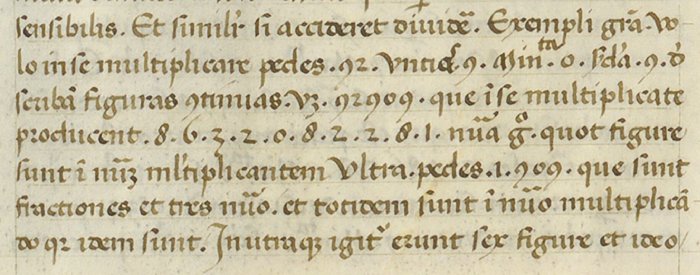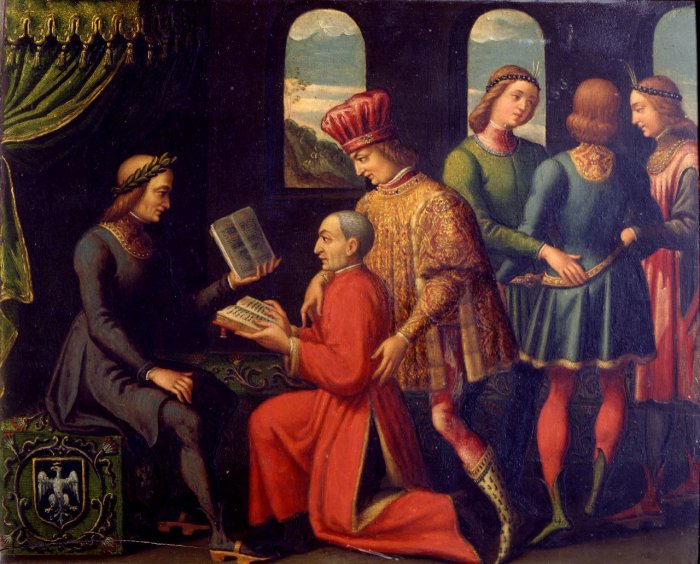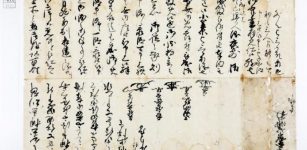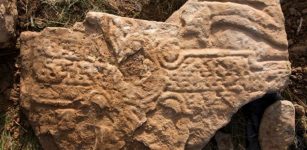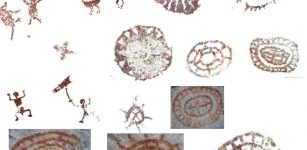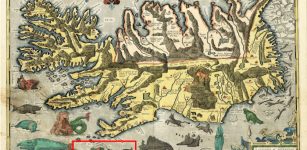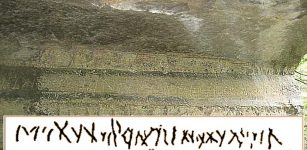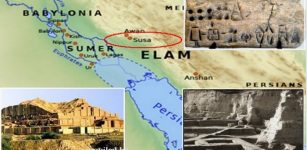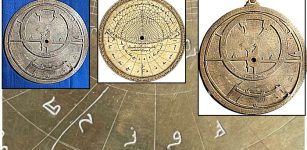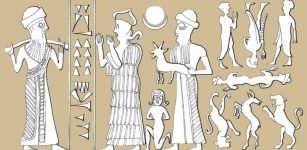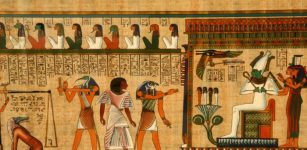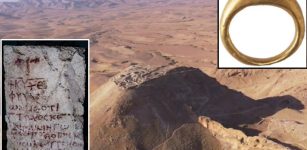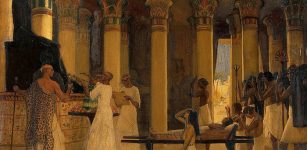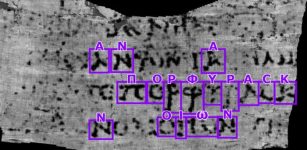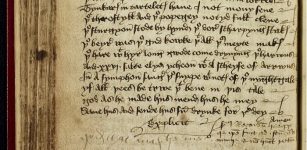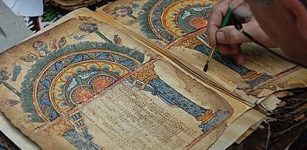Venetian Mercant Giovanni Bianchini Used The Decimal Point 150 Years Before Christopher Clavius
Jan Bartek - AncientPages.com - The creation of the decimal point was a game-changer. It paved the way for the decimal system, revolutionizing calculations across various fields. This breakthrough made dealing with fractions as straightforward as handling whole numbers, simplifying tasks for many, but who was the individual who used the decimal point first?
It was long thought that Christopher Clavius, a German mathematician, was the first to use the decimal system in 1593 in his creation of astronomical tables, but a new study reveals this is not the case.
From the Compositio instrumenti. Reproduced with permission from the Biblioteca Estense di Modena (Cod. Lat. 145, f. 7r). Credit: Historia Mathematica (2024). DOI: 10.1016/j.hm.2024.01.001
Glen Van Brummelen, a mathematical historian from Trinity Wester University in Canada, has made a fascinating discovery. He has found proof that a Venetian merchant was using the decimal point a whole 150 years before Christopher Clavius! The discovery holds significant implications for our understanding of mathematical history.
In his science paper published in the Historia Mathematica journal, Glen Van Brummelen presents how he found the evidence of decimal use in a volume known as "Tabulae."
"The use of decimal place value notation for whole numbers is ubiquitous in many cultures and disciplinary practices from ancient times. Extending the notation to include fractions might have been obscure in some contexts (such as their use in counting items to be sold) but natural in others (such as measuring a distance).
In China, the early emergence of decimal fractions led to a continuous tradition from the medieval period (including Yang Hui's 13th-century system deriving from a metrological context onward. Elsewhere, a number of authors around the world have invented systems of decimal fractions, often only for them to fade away when they failed to find an immediate application sufficient to continue its use," Van Brummelen writes in his paper.
During the period of the 1420s and 1430s, a young individual named Giovanni Bianchini (c. 1410–1469) was employed as a merchant in Venice. It's probable that he received his education from one of the scuole d'abbaco, institutions known for offering essential training in areas such as commercial arithmetic and algebra. Around the same time, in the 1430s, he was recruited by the esteemed d'Este family to manage their estate, an opportunity that allowed him to utilize his mathematical abilities effectively.
Bianchini also published astronomy books and demonstrated his skills in charting the course of planets and forecasting eclipse occurrences.
Giovanni Bianchini presented by Borso I d'Este offers Emperor Frederick III a copy of the Tabulae Astrologiae. A 16th-century painting. Credit: Public Domain
Van Brummelen spotted something intriguing in one of Bianchini's manuscripts from the 1440s - some numbers had a dot in the middle. For instance, 10.4 was multiplied by 8, much like how we handle calculations today. This discovery suggests that the use of a decimal point was introduced about 150 years earlier than what math initially believed.
Van Brummelen's theory suggests that Clavius probably borrowed the concept of using the decimal point from Bianchini's texts. This could explain why he never implemented it again.
"Clavius's introduction of the decimal point in the curious context of an interpolation column in a Sine table, and the fact that he never used it again, is simply explained: he had access to Bianchini's Sine table (or to someone who himself had borrowed from Bianchini), and he copied the structure of that table in his own work," Van Brummelen writes.
See also: More Archaeology News
Van Brummelen points out that Bianchini, being a merchant, would have had the opportunity to travel far and wide. This includes journeys to regions in the Islamic world where mathematical concepts were evolving. It's plausible that these experiences influenced his use of non-integral numbers and his innovative methods for representing them more conveniently.
The study was published in the journal Historia Mathematica
Written by Jan Bartek - AncientPages.com Staff Writer

